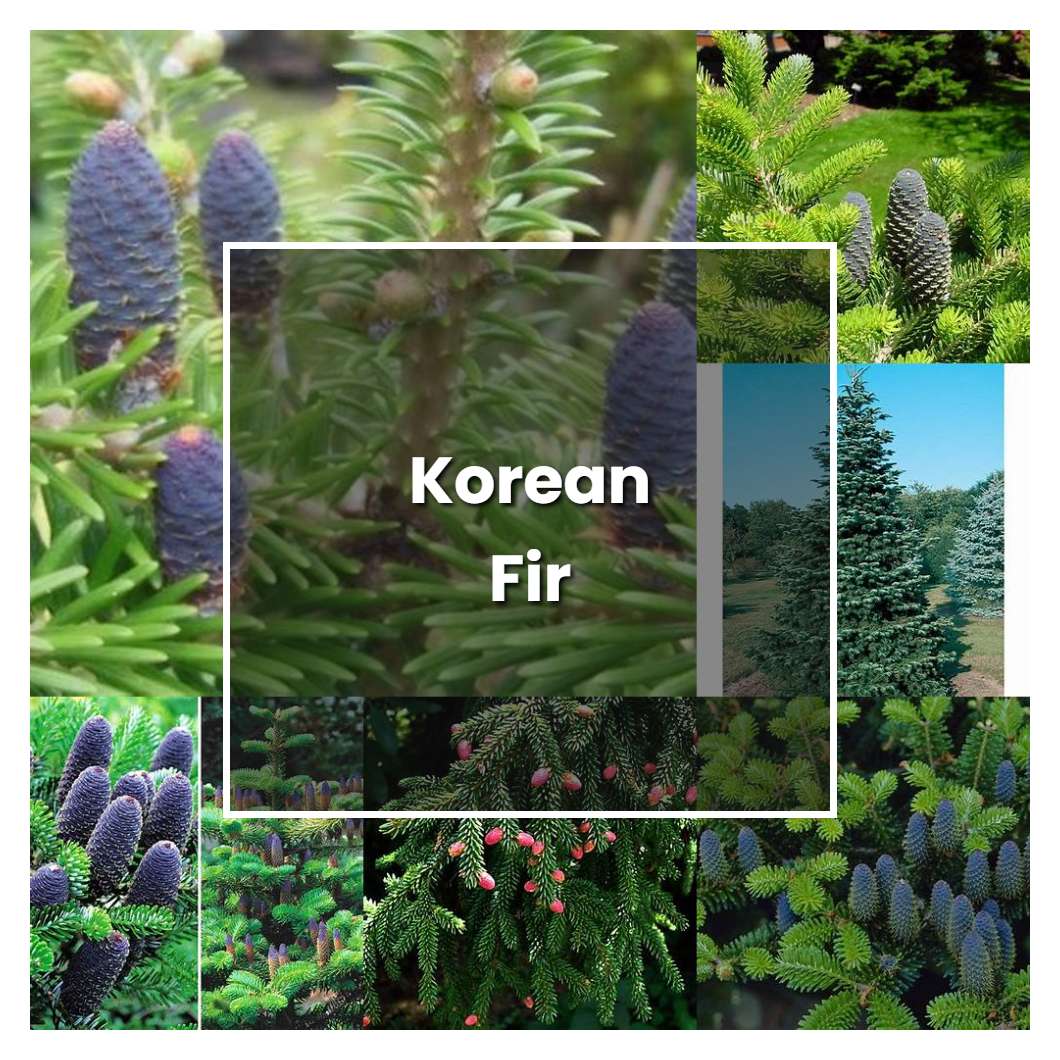Korean fir is an ornamental plant that is popular for its needle-like leaves and conical shape. It is native to Korea and has been cultivated for centuries. Korean fir is a slow-growing plant that can reach a height of 20-30 feet. The leaves are dark green and 1-2 inches long. The cones are brown and 3-4 inches long.

Related plant:
Korean Lilac Bush
Related plant:
Korean Lilac
About soil conditions, korean fir prefers humus-rich, well-drained soils, and is tolerant of partial shade to full sun. It does not grow well in compacted, poorly drained soils. A soil test will help you determine if your soil is too alkaline or acidic for korean fir.
Just like other fir trees, the Korean fir requires plenty of sun to grow. It is adaptable to a range of different soil types, but prefers well-drained, slightly acidic soil. This tree is not tolerant of wet or waterlogged conditions. When young, the Korean fir needs to be protected from strong winds. Once it is established, it is quite wind-resistant. This tree has a slow growth rate and can live for hundreds of years.
The temperature conditions that are ideal for a Korean fir are cool to cold weather. This type of tree is not tolerant of warm weather and can suffer from heat stress. The ideal temperature range for a Korean fir is between 10 and 15 degrees Celsius.
Ideal humidity condition for this plant : The Korean fir thrives in well-drained, moist soils with high organic matter content and prefers a humid environment. It is tolerant of full sun to partial shade but prefers partial shade in hot summer climates.
Regarding fertilizer, this family of plant is not too demanding and can do well with a general-purpose fertilizer. Be sure to apply fertilizer according to package directions and avoid over-fertilizing. When it comes to watering, be sure to keep the root ball evenly moist but not soggy. Allow the top inch or so of soil to dry out before watering again. As for light, these plants prefer full sun to partial shade.
Pruning is a horticultural practice that affects plant growth, flowering, and health. It is considered both an art and a science, and must be done with caution and care. When pruning Korean fir trees, it is important to remember that they bleed sap easily. As such, it is best to prune them in the late winter or early spring, before new growth begins. However, if you must prune them during the growing season, be sure to do so before the sap begins to flow, which is typically in late April or early May. When pruning, always use clean, sharp tools. Make sure to remove any diseased or dead branches, as well as any that are crossing or rubbing against each other. Also, be sure to prune any branches that are growing too close to the trunk, as this can cause the tree to become unstable. Pruning Korean fir trees is an important part of their care, and must be done with care and caution. By following these simple tips, you can ensure that your trees remain healthy and vibrant for years to come.
Propagation is by seed, sown in a cold frame as soon as it is ripe. It is best to sow the seed in a bulb pan or similar container, as it germinates best if kept moist but not waterlogged. Seedlings are best transplanted when they are at least 2 years old.
Usually, the plant growth rate is relatively slow compared to other fir species. However, under the right conditions, some korean fir trees can grow quite rapidly. For example, korean fir trees that are grown in rich soils and receive plenty of moisture and sunlight can grow up to 2 feet per year.
Common problems for this kind of plant are needle cast, root rot, and bagworms. Needle cast is a disease that affects the needles of the tree, causing them to fall off. Root rot is a condition that causes the roots of the tree to rot, and bagworms are insects that feed on the leaves of the tree.
Source:
Korean Fir - Self-Guided Walking Tours - University of Maine
(PDF) Korean Grammar in Use Intermediate - Academia.edu
Korean | Department of Modern Languages | Florida International
